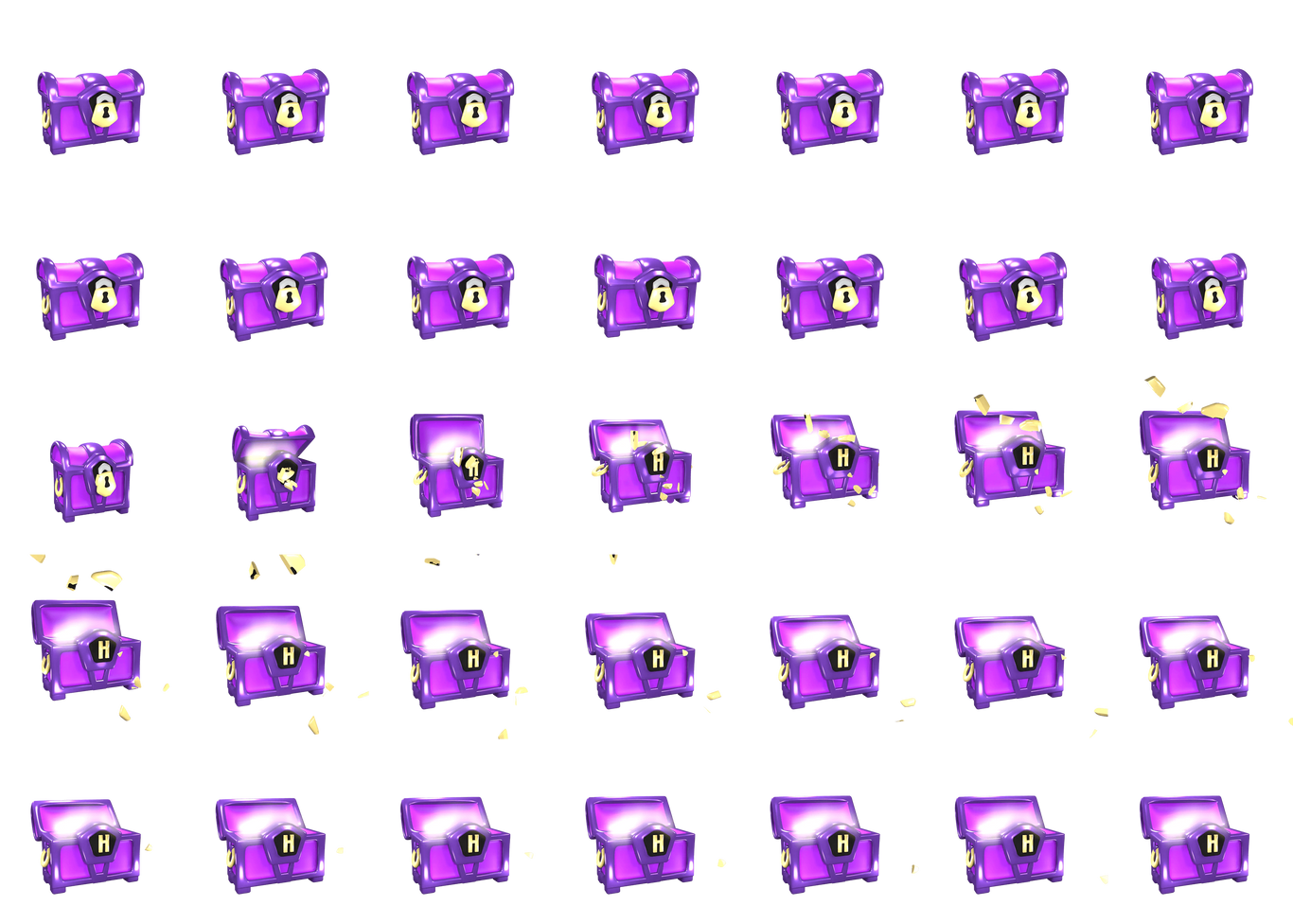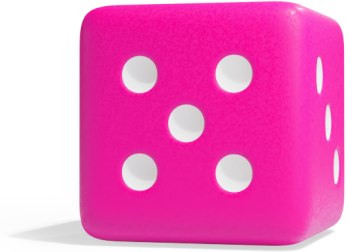5th Grade
How do you compare number patterns?
{
"voice_prompt": "",
"manuscript": {
"title": {
"text": "How do you compare number patterns?",
"audio": "How do you compare number patterns?"
},
"description": {
"text": "To compare number patterns, follow these steps:\n\nSteps:\n1. Look at the rule for each pattern \u2014 that tells you how the numbers change.\n2. Use the rules to make the patterns by writing out some of the numbers.\n3. Match the numbers in each pattern into ordered pairs.\n4. Plot the pairs on a graph to see how the patterns are connected.",
"audio": "To compare number patterns, follow these steps:\n\nSteps:\n1. Look at the rule for each pattern \u2014 that tells you how the numbers change.\n2. Use the rules to make the patterns by writing out some of the numbers.\n3. Match the numbers in each pattern into ordered pairs.\n4. Plot the pairs on a graph to see how the patterns are connected."
},
"scenes": [
{
"text": "Let\u2019s look at an example to see how this works. You're given two rules for two different patterns. Pattern A: Start at 0, add 3 each time. Pattern B: Start at 0, add 6 each time.",
"latex": "\\text{Pattern A: } 0,\\ 0+3,\\ 0+3+3,\\ \\ldots \\\\\n\\text{Pattern B: } 0,\\ 0+6,\\ 0+6+6,\\ \\ldots"
},
{
"text": "Use the rules to write out the numbers. Pattern A is: 0, 3, 6, 9, 12, 15. Pattern B is: 0, 6, 12, 18, 24, 30.",
"latex": "\\text{Pattern A: } 0, 3, 6, 9, 12, 15 \\\\\n\\text{Pattern B: } 0, 6, 12, 18, 24, 30"
},
{
"text": "Now match the numbers from both patterns into pairs. These are called ordered pairs. You get: (0, 0), (3, 6), (6, 12), (9, 18), (12, 24), (15, 30).",
"latex": "\\{(0, 0),\\ (3, 6),\\ (6, 12),\\ (9, 18),\\ (12, 24),\\ (15, 30)\\}"
},
{
"text": "Each pair shows how far each pattern has gone at the same step. Why is this helpful? Because when you look at the numbers in each pair, you can spot the relationship. When Pattern A is 3, Pattern B is 6. When Pattern A is 6, Pattern B is 12.",
"latex": "(3,\\ 6),\\quad (6,\\ 12)"
},
{
"text": "Pattern B is always twice as big as Pattern A. So the ordered pairs show that Pattern B is growing two times faster than Pattern A.",
"latex": "y = 2x"
},
{
"text": "Now take those pairs and plot them on a coordinate plane. Use Pattern A numbers on the x-axis \u2014 that\u2019s the horizontal line \u2014 and Pattern B numbers on the y-axis \u2014 the vertical line.",
"latex": "\\text{x-axis: Pattern A} \\quad \\text{y-axis: Pattern B}"
},
{
"text": "When you plot the points and connect them, you get a straight line that goes up and to the right. This line helps you see the connection between the two patterns. Each point on the line shows how a number in Pattern A matches a number in Pattern B.",
"latex": "\\text{Line through } (0,0),\\ (3,6),\\ (6,12),\\ \\ldots"
},
{
"text": "For example: When Pattern A is 3, Pattern B is 6. When Pattern A is 6, Pattern B is 12. Just like you saw with the ordered pairs, the graph shows that Pattern B is always twice as big as Pattern A.",
"latex": "\\text{If } x = 3,\\ y = 6 \\quad \\text{and if } x = 6,\\ y = 12"
},
{
"text": "And because the line is straight, it means the relationship is the same at every step \u2014 Pattern B is always growing twice as fast.",
"latex": "y = 2x \\quad \\text{(a straight line)}"
}
],
"outro": {
"text": "To compare number patterns, follow these steps:\n\nSteps:\n1. Look at the rule for each pattern \u2014 that tells you how the numbers change.\n2. Use the rules to make the patterns by writing out some of the numbers.\n3. Match the numbers in each pattern into ordered pairs.\n4. Plot the pairs on a graph to see how the patterns are connected.",
"audio": "To compare number patterns, follow these steps:\n\nSteps:\n1. Look at the rule for each pattern \u2014 that tells you how the numbers change.\n2. Use the rules to make the patterns by writing out some of the numbers.\n3. Match the numbers in each pattern into ordered pairs.\n4. Plot the pairs on a graph to see how the patterns are connected."
}
}
}
en_5_compare_patterns.jsonOpen with Text Editor Share
Displaying en_5_compare_patterns.json.





















